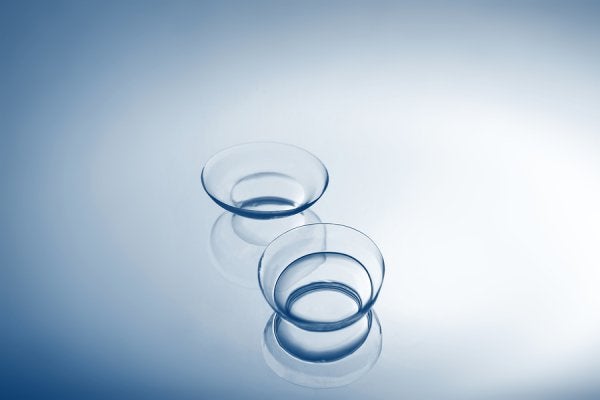
Contact lenses have long been hailed as a more attractive, convenient, and carefree alternative to glasses. But what most people don’t realize is that you can now get contact lenses in bifocal forms that target presbyopia and refractive errors. With different materials and designs, finding the best bifocal contact lens fit is possible. Spindel Eye Associates are experts who offer prescription bifocal contact lenses. Below is some key information about bifocal contact lenses.
Different designs
There are two different categories of bifocal contact lenses, differentiated by how the lens is laid out: simultaneous vision designs and segmented designs. While both categories are beneficial and help correct your vision, you may find that one seems more comfortable and natural to you than the other. It’s not unusual for people to have their own preferences on which design works best for them.
- Simultaneous vision designs – Simultaneous designs have specific regions of the lens designated for seeing near and far, and they come in two subsets: concentric lenses and aspherical lenses. Your eyes will adjust naturally and use whichever power it needs at a particular moment. Concentric lenses have distant viewing power in the very center of the lens, with alternating near and distant viewing powers in concentric rings from the center. Aspherical contact lenses also have distance sight in the center of the contact, but it gradually fades outward into other viewing powers.
- Segmented designs – Segmented design takes the typical bifocal glasses approach and applies it to contact lenses. This means that the top and middle of the contact is usually for distant viewing powers, while the bottom portion of the lens works as a magnifying glass for near viewing. This design is also called alternating or translating design. Unlike simultaneous vision designs, these lenses are flat on the bottom, allowing your eye to move behind the lens to see through the prescription you need from moment to moment, whereas simultaneous vision designs allow the lens to move with your eye.
Different materials
Similar to the single-vision contact lenses everyone knows and loves, bifocal contact lenses come in several different materials, so you can choose the one that feels most natural on your eye. The materials for bifocal contact lenses are either soft or rigid gas permeable, though there are now hybrid lenses with a combination of both materials for comfort and practicality. Also available is a silicone hydrogel material, a fascinating breakthrough that has been lauded for its comfort and natural feel because it allows much more oxygen to reach the eye than other lens materials.
Are they right for you?
Successful bifocal contact lens wearers have been shown to be more open, agreeable, and conscientious, and bifocal lenses themselves offer the freedom, convenience, aesthetic appeal, and simplicity that single-vision lenses offer. The fitting process for bifocal contact lenses tends to take longer and can sometimes end up being more expensive than standard contacts. Because of this, finding the design that works best and feels the most natural can take a few fittings. While some lens materials may require you to trade a little visual capacity for comfort, such as the softer ones, it is often unnoticeable. And switching to hybrid or rigid gas permeable lenses typically resolves any complaints.
Spindel Eye Associates recommends discussing the benefits of bifocal contact lenses with your eye doctor, who can help you make the best decision for you. If you have any questions about bifocal contact lenses, don’t hesitate to give Spindel Eye Associates a call. We’d be happy to answer any questions or concerns.
Try bifocal contacts at Spindel Eye Associates today.

